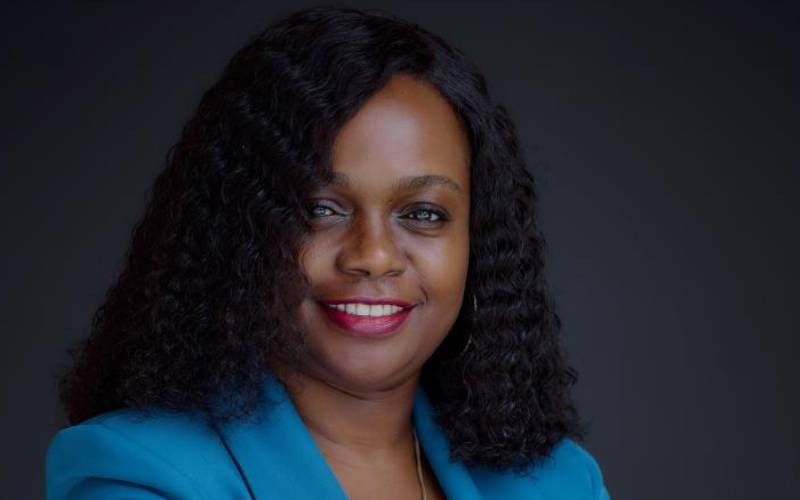
 Irene Nafula, Commercial director at M-Tiba
Irene Nafula, Commercial director at M-Tiba
Kenya's health insurance industry is growing, but many are still left out.
Only about three in every 100 Kenyans have private health insurance cover—less than half the global average.
While low income and limited awareness are part of the problem, there is a growing challenge we must urgently address—rising costs.
The health industry is struggling with soaring claims. The medical insurance loss ratio—measuring how much insurers pay out in claims compared to what they collect in premiums—has consistently breached the global benchmark of 50 to 70 per cent.
According to the Insurance Regulatory Authority, Kenya’s medical insurance loss ratio hit 78.9 per cent in 2023.
More concerning, it stood at 76.5 per cent in just the first half of 2024, up from 67.3 per cent in the same period the previous year. This sustained rise is unsustainable.
If the trend continues, many insurers may have no choice but to raise premiums, further pricing out lower-income households and undermining efforts to expand access to quality healthcare. The root problem? Insurance and the overall healthcare industry still rely on outdated, manual systems and processes.
Claims are processed on paper. Key data sits in silos. And decisions are often made after the damage has already been done.
This leads to delays, high admin costs, errors and missed opportunities to optimise products or catch fraud, waste and abuse early.
But there’s a smarter way forward. By using AI, automation and connected data, key stakeholders in the industry can cut costs, work faster and make healthcare more affordable for everyone.
All this means better service, fewer delays and the possibility of unlocking more affordable coverage. But the human side still matters. AI will not replace people. It supports them. Doctors, claims officers and customer care teams can now focus on what really matters—solving problems, helping patients and improving service.
As an industry, we also need to collaborate more. By sharing data across relevant stakeholders like insurers, hospitals, and administrators, we can price better, detect waste faster and serve Kenyans more effectively and efficiently.
It is not just about profitability. It is about building a stronger, fairer healthcare system. Data-driven cost control is not just a business strategy. It is how we make health insurance work for more Kenyans.
The writer is a commercial director at M-Tiba










![[PHOTOS] Ruto's warm reception in Maua, Meru](/_next/image?url=https%3A%2F%2Fcdn.radioafrica.digital%2Fimage%2F2025%2F04%2F04296e3b-128d-4538-9d57-9475bcca83e9.jpg&w=3840&q=75)
